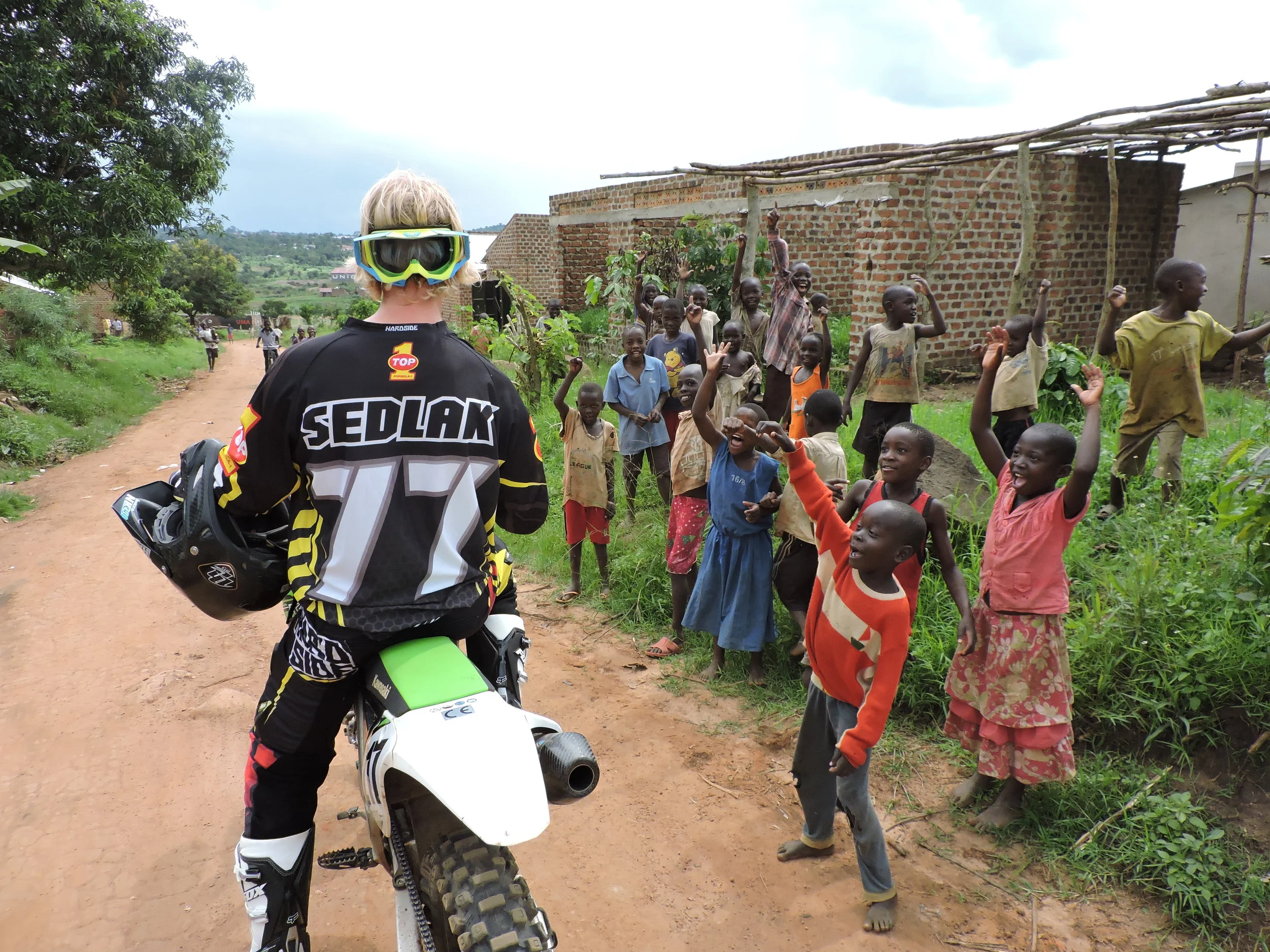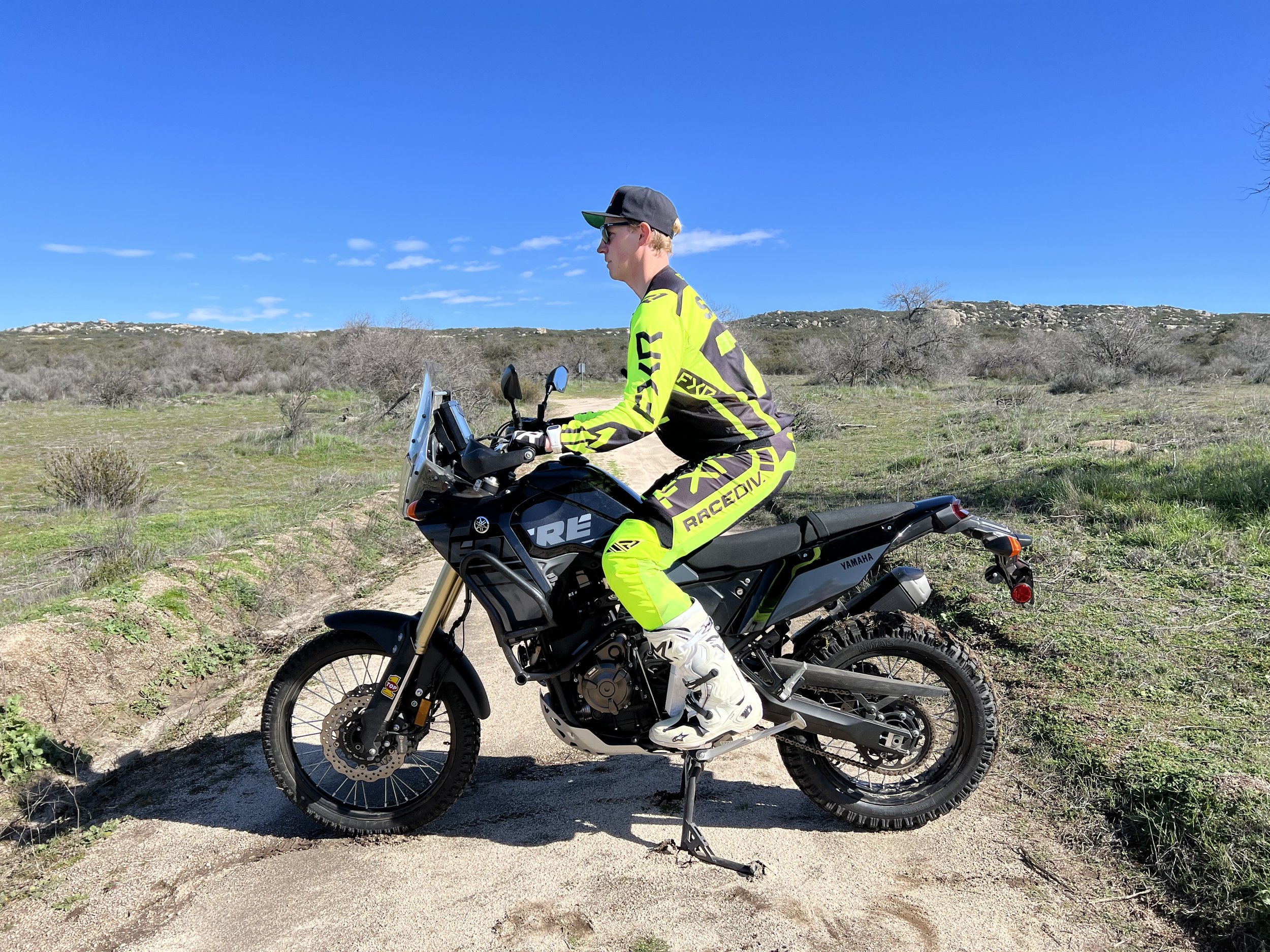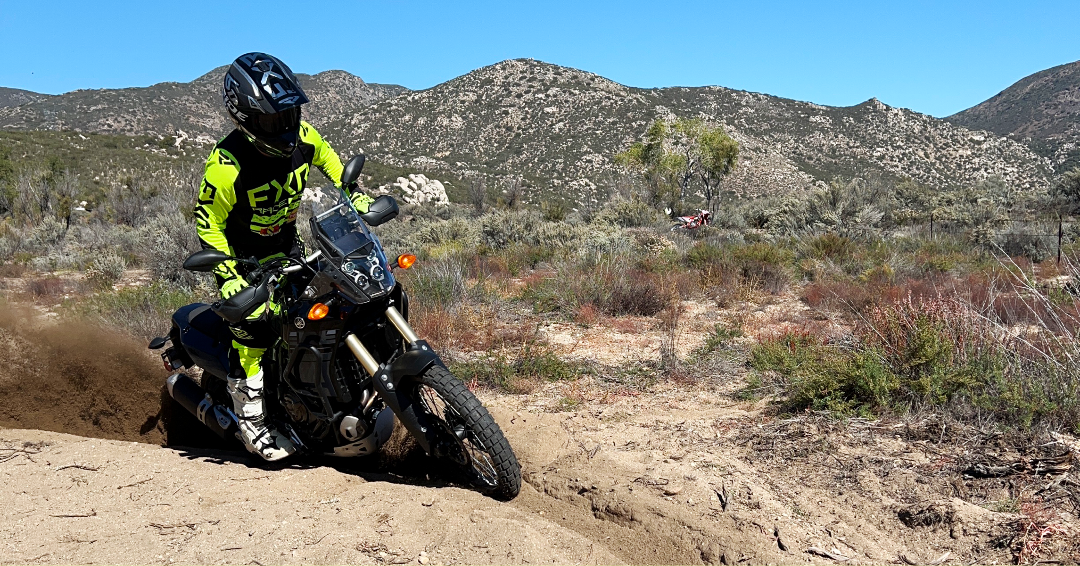In today's adventure motorcycle off-road riding tip, we're going to delve into the art of riding on gravel roads. Whether you're exploring unfamiliar terrain or navigating dirt roads with loose surfaces and rocky obstacles, it's crucial to understand how to handle these conditions effectively. We'll provide you with three essential techniques to conquer gravel riding with confidence. So let's dive in!
Adjust Speed for Control: When riding on roads you're unfamiliar with, it's essential to adjust your speed accordingly. By finding a comfortable pace that allows you to maintain control over your bike, you can navigate the unpredictable nature of gravel roads more effectively. Abrupt braking can be challenging in gravel, and excessive acceleration can cause the bike to lose traction. So, prioritize control by adjusting your speed to a level where you feel comfortable maneuvering through turns and maintaining stability.
Seek Traction: To enhance your traction while riding on gravel, it's crucial to transfer some of your weight to the rear tire. Many riders make the mistake of bending their knees forward and squeezing the bike with their knees while keeping minimal weight on the foot pegs. However, this forward weight distribution reduces traction on the rear tire, hindering acceleration and stability. Instead, focus on the recommended riding position: balls of your feet on the pegs, toes turned inward, and drop your heels. This position transfers more weight to the rear tire, allowing you to gain traction when accelerating. As you drop your heels further upon acceleration, your feet will lock down, providing a tight and controlled grip on the bike, preventing fishtailing or loss of control.
Master Braking Techniques: When it comes to braking on gravel roads, striking a balance between front and rear brakes is crucial. Aggressive use of either brake can lead to loss of control. Maintain your index finger on the front brake lever at all times, especially while standing up. This position allows you to keep control while providing an opportunity to drag the front brake gradually. By anticipating turns and reading the terrain ahead, you can gently squeeze the front brake lever, transferring weight to the front tire and maintaining traction for a controlled deceleration. As you slow down, you can also employ the rear brake gently for additional braking power. The key is to avoid sudden and aggressive braking, ensuring a smooth and safe ride.
Mastering Turns on Gravel: Making turns on gravel roads requires caution due to reduced traction. Instead of leaning your body into the turn, focus on weight transfer techniques to stabilize the bike. As you approach a turn, keep your body centered on the bike while dropping the heel on the inside foot peg. This technique transfers weight to the inside foot peg, initiating a controlled lean of the bike without excessive body movement. This centered approach allows you to maintain balance and stability, making wider turns while minimizing the risk of losing traction. By mastering this technique, you can confidently navigate gravel turns without compromising control.
Conclusion: Gravel riding presents unique challenges that require specific techniques for mastery. By applying these three essential techniques, including adjusting speed for control, seeking traction through weight transfer, and mastering braking and turning techniques, you can elevate your gravel riding skills to a new level. Remember to always prioritize control and safety while enjoying the thrill of off-road adventures.




